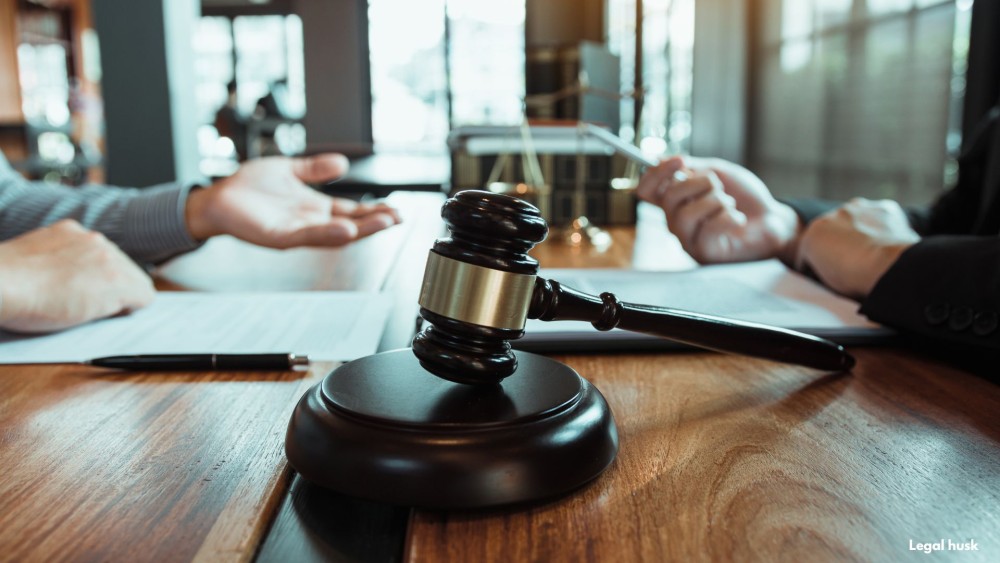Get Your Legal Documents Now!
Whether you are dealing with a complex family matter, facing criminal charges, or navigating the intricacies of business law, our mission is to provide you with comprehensive, compassionate, and expert legal guidance.

Understand the vital role of complaints in civil litigation. Learn how complaints initiate lawsuits, set legal grounds, and influence case outcomes. Get expert insights on drafting an effective complaint.
A complaint is the foundation of any civil lawsuit. It serves as the formal document through which a plaintiff initiates legal proceedings, outlining claims against a defendant. A well-drafted complaint sets the stage for litigation, frames the legal issues, and determines the course of the case.
What is a Complaint in Civil Litigation?
A complaint is a legal pleading filed by the plaintiff that explains the alleged wrongdoing of the defendant and the relief sought. It must follow specific legal and procedural rules, ensuring clarity and precision to establish a strong case. Complaints play a crucial role in the judicial process, as they set forth the framework upon which the case will be built. Without a clear and well-structured complaint, a case may be dismissed before it even begins.
Key Functions of a Complaint
A properly drafted complaint serves multiple functions, including:
1. Initiating a Lawsuit
The filing of a complaint formally commences a civil case, prompting court involvement and requiring a response from the defendant. Once filed, the court assigns a case number and begins processing the lawsuit. The complaint establishes the legal dispute and provides a roadmap for litigation, setting the stage for further legal proceedings.
2. Establishing Legal Jurisdiction
The complaint must demonstrate that the court has the authority to hear the case based on subject matter and geographical location. Jurisdiction is essential to ensure that the case is heard in the appropriate venue, preventing unnecessary delays and legal challenges. If jurisdiction is not properly established, the defendant can file a motion to dismiss, potentially derailing the case before it progresses.
3. Framing the Issues
It outlines the factual and legal basis of the claim, helping both the court and the defendant understand the nature of the dispute. By clearly presenting the legal arguments and supporting evidence, the complaint ensures that the case is well-founded. It also allows the defendant to prepare an appropriate defense by addressing the claims raised in the complaint.
4. Notifying the Defendant
The defendant receives a copy of the complaint through legal service, ensuring they are aware of the allegations and can respond accordingly. Proper service of process is crucial because it ensures due process, allowing the defendant the opportunity to defend themselves in court. Failure to properly serve the defendant can result in delays or even dismissal of the case.
5. Defining the Relief Sought
A complaint specifies the remedies the plaintiff seeks, whether monetary damages, injunctive relief, or other legal solutions. This section is crucial because it sets the expectations for the case outcome. The relief sought must be reasonable and supported by legal precedent. The court will review the demands and determine whether they align with the claims presented in the complaint.
Essential Components of a Complaint
A strong complaint typically includes:
How Complaints Influence Case Outcomes
The way a complaint is drafted significantly impacts the litigation process. A well-structured complaint can:
Common Mistakes in Filing Complaints
Filing errors can weaken a case and lead to dismissals. Some common mistakes include:
Seeking Legal Assistance
Since complaints play a crucial role in civil litigation, seeking legal expertise can be beneficial. Professional legal guidance ensures accuracy, compliance, and a well-prepared case. Lawyers help navigate complex legal procedures, draft compelling complaints, and present strong legal arguments to support the case.
For expert assistance in drafting complaints, contact Legal Husk today.
Whether you are dealing with a complex family matter, facing criminal charges, or navigating the intricacies of business law, our mission is to provide you with comprehensive, compassionate, and expert legal guidance.
Comments